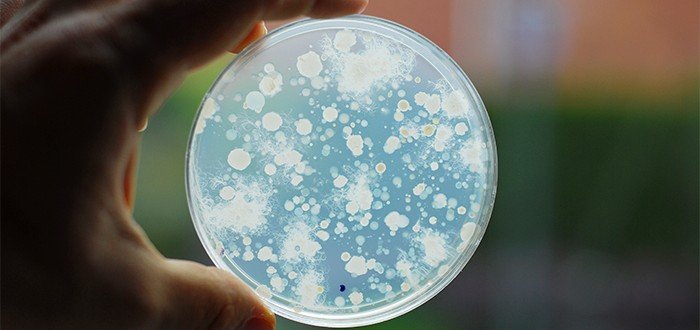One way you might go about treating mesothelioma is by regulating the transcription factor known as specificity protein 1, while at the same time promoting induction of the mitochondrial cell-death pathway.
Researchers from South Korea and China think both can be achieved through the use of a bacterium called manumycin-A.
Manumycin-A is derived from Streptomyces parvulus. Streptomyces parvulus is bacterium that comes from soil. It produces the peptide antibiotic actinomycin D and the angiogenesis inhibitor borrelidin, among others.
Like borrelidin, manumycin A is an angiogenesis inhibitor — meaning it can interfere with the processes that allow cancer to begin. Earlier research showed manumycin A also kills cancer cells.
The researchers from South Korea and China wondered if either of these capabilities extended to malignant pleural mesothelioma. It turns out that they apparently do.
Manumycin-A Inhibited Mesothelioma Cells
In a study published in Oncology Reports, the researchers determined that manumycin-A inhibited the viability of two lines of mesothelioma cells: MSTO-211H and H28. Manumycin-A also caused apoptotic indices to dramatically rise.
These occurred because of the effect manumycin A has on specificity protein 1. It down-regulates that particular transcription factor.
This down-regulation resulted in apoptosis via suppression of cyclin D1, Mcl-1 and survivin — proteins controlled by specificity protein 1.
Another interesting observation was a decrease in BID, Bcl-xL and PARP protein levels. And the Bax increased as a consequence of down-regulation by specificity protein 1.
Also, manumycin-A caused depolarization of the mitochondrial membrane with induction of CHOP, DR4 and DR5.
What does all that mean? According to the researchers, “Our results demonstrated that manumycin-A exerted anticancer effects by inducing apoptosis via inhibition of the specificity protein 1-related signaling pathway….”
The researchers point out that the molecular mechanism of manumycin-A is not well understood. That is why they decided to embark on their investigation in the first place — to acquire deeper insights into how manumycin-A induces apoptosis in mesothelioma cells.
How Apoptosis Operates
Apoptosis means “falling off” in the language of the ancient Greeks. That is an apt description of what happens to cells in which apoptosis is induced — they fall off. Or, in colloquial terms, they drop dead.
There are a variety of events or factors that can trigger apoptosis during the life of a cell, whether it’s a mesothelioma cell or healthy one. These include cell shrinkage, fragmentation of the nucleus and decay of gene material.
In a healthy adult, apoptosis claims up to 70 billion cells per day. You should be aware that apoptosis is not the same thing as necrosis, however.
Necrosis is cell death that results from a traumatic injury to the cell itself. Apoptosis, on the other hand is a process brought about through tight regulation by the body.
The reason the body tightly controls apoptosis is to prevent the process from running amok and wiping out cells that don’t need to be eradicated.
Basically, as apoptosis proceeds, it fractures the cells marked for death. This allows the cell and all its components to break into small pieces so that the body’s immune system agents can devour and safely carry them all away.
If those pieces weren’t removed, they would affect neighboring cells and cause them to become damaged. That would result in those newly damaged cells also self-destructing.
This chain reaction would not end until all cells in the body had fallen off under apoptosis.
The title of the researchers’ study is “Manumycin-A Induces Apoptosis in Malignant Pleural Mesothelioma Through Regulation of Sp1 and Activation of the Mitochondria-Related Apoptotic Pathway.”
The authors are from Mokpo National University, Chonbuk National University, Keimyung University, and the National Institute of Animal Science, all located in South Korea. Participating with them were researchers from the China-U.S. Hormel Cancer Institute in Henan, China.

